Home> Technical Articles> Efficient Engineering: Needle Roller Bearings and Oil Seals in Action
- AddressNo.1875 East Changjiang Road, New District, Wuxi, Jiangsu,China
- Factory AddressNo.1875 East Changjiang Road, New District, Wuxi, Jiangsu, China
- Worktime9:00-18:00
- Phone(Working Time)86-510-85310167
Introduction
In the realm of engineering, where efficiency and reliability are paramount, the role of components like Needle Roller Bearings (NRBs) and Oil Seals cannot be overstated. These essential components play a crucial role in ensuring smooth operation, minimizing friction, and preventing leakage in various mechanical systems.
Needle Roller Bearings (NRBs)
Needle Roller Bearings (NRBs) are precision-engineered bearings known for their high load-carrying capacity and compact design. Unlike traditional ball bearings, NRBs utilize cylindrical rollers with a much larger length-to-diameter ratio, allowing them to handle heavy radial loads with minimal space requirements. This unique design makes NRBs ideal for applications where space is limited, such as automotive transmissions, motorcycle engines, and aerospace systems.
Oil Seals
Oil Seals, also known as shaft seals or rotary seals, are mechanical seals used to prevent the leakage of lubricants and fluids in rotating shafts. These seals typically consist of a flexible lip or sealing element attached to a rigid case. When installed, the lip comes into contact with the rotating shaft, creating a barrier that prevents oil or grease from escaping while keeping contaminants out. Oil seals are essential components in a wide range of machinery, including automotive engines, industrial pumps, and hydraulic systems, where they help maintain optimal lubrication and prevent premature component wear.
Synergy in Action
When Needle Roller Bearings and Oil Seals are integrated into mechanical systems, their synergy enhances efficiency and reliability. NRBs provide smooth and precise motion control, while oil seals ensure the integrity of lubricant containment, thereby extending the service life of critical components. This synergistic relationship contributes to the overall performance and longevity of machinery in various industries, from automotive and manufacturing to aerospace and marine applications.
Conclusion
In conclusion, the combination of Needle Roller Bearings and Oil Seals exemplifies efficient engineering practices aimed at maximizing performance and reliability in mechanical systems. By understanding the significance of these components and their collaborative role, engineers can design and maintain machinery that operates at peak efficiency while minimizing downtime and maintenance costs. Efficient engineering, as demonstrated by the seamless integration of NRBs and oil seals, is essential for driving progress and innovation across diverse industries.
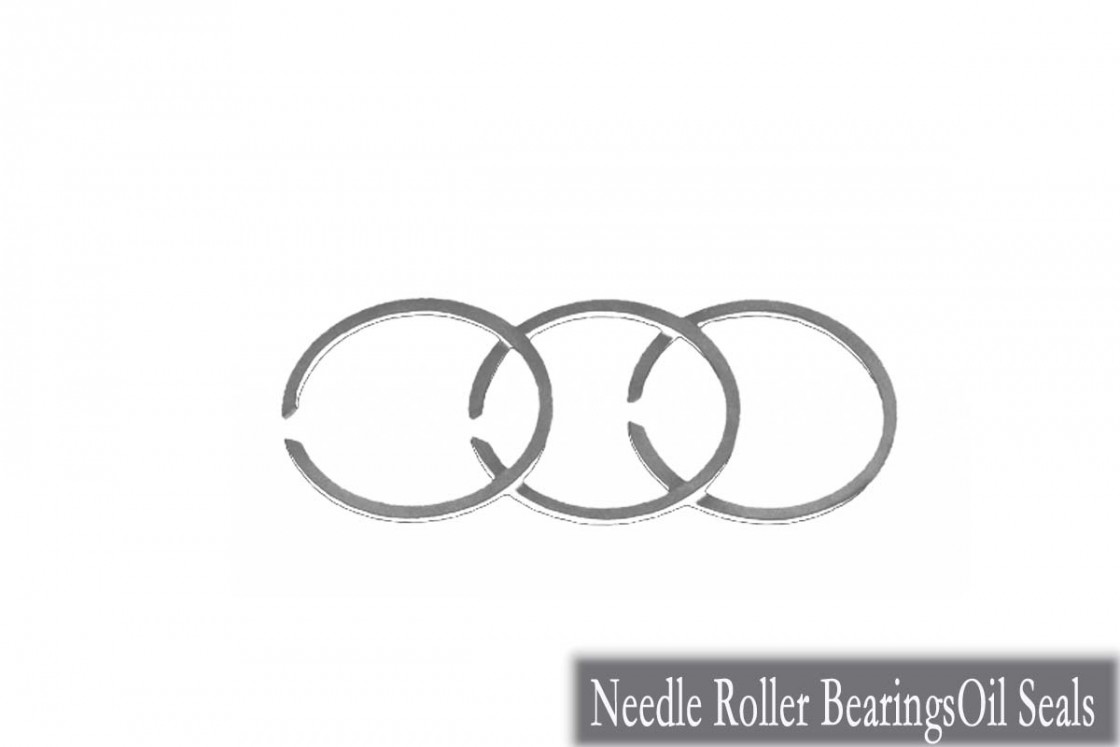
Understanding Needle Roller Bearings
Needle Roller Bearings (NRBs) represent a cornerstone in the realm of mechanical engineering, renowned for their ability to handle high radial loads with exceptional efficiency and minimal space requirements.
|
Understanding Needle Roller Bearings |
|
Structure and Components |
|
Needle Roller Bearings (NRBs) are meticulously designed with outer and inner rings, providing structural support and guidance for the needle rollers. The slender cylindrical shape of the needle rollers enables them to distribute loads evenly, minimizing friction and wear. |
|
Comparison with Other Bearings |
|
NRBs excel in handling high radial loads in confined spaces, distinguishing them from conventional ball bearings and roller bearings. While ball bearings are suitable for lighter loads and high-speed applications, NRBs are ideal for environments with limited space. |
|
Key Features and Characteristics |
|
NRBs offer high load-carrying capacity and a compact design, making them suitable for applications where space is a concern. They also demonstrate exceptional rigidity and precision performance, ensuring reliable operation in demanding conditions. |
Understanding the intricate structure and exceptional performance of Needle Roller Bearings is essential for engineers and designers seeking to optimize the efficiency and reliability of mechanical systems. By harnessing the unique capabilities of NRBs, engineers can overcome design challenges and achieve unparalleled performance in a wide range of applications.
Exploring Oil Seals
Oil seals play a pivotal role in ensuring the efficiency and longevity of machinery and mechanical systems by preventing leakage and contamination. Understanding their construction, materials, and significance is essential for optimizing the performance of equipment in various industrial applications.
Role of Oil Seals
Oil seals, also known as shaft seals or rotary seals, act as barriers to prevent the escape of lubricants and the ingress of contaminants, such as dirt, dust, and moisture, into machinery. By sealing the interface between rotating and stationary components, oil seals help maintain proper lubrication levels, reduce friction, and prevent premature wear and damage to critical components.
Construction and Materials
Oil seals are typically comprised of elastomeric elements, such as rubber or synthetic polymers, and metal components, including a spring-loaded metal case or housing. The elastomeric lip, in contact with the rotating shaft, provides the primary sealing function, while the metal case provides structural support and rigidity. The choice of materials depends on factors such as operating temperature, chemical compatibility, and application-specific requirements.
Importance of Proper Sealing Solutions
Proper sealing solutions are paramount for ensuring the efficient operation and longevity of machinery. Inadequate sealing can lead to lubricant leakage, contamination, and subsequent equipment failure. Therefore, selecting the right oil seal design, material, and installation technique is crucial for maintaining optimal performance and minimizing downtime.
In conclusion, oil seals play a critical role in preserving the integrity and reliability of machinery and mechanical systems. By understanding their function, construction, and importance, engineers and maintenance professionals can implement effective sealing solutions to enhance equipment efficiency and durability.
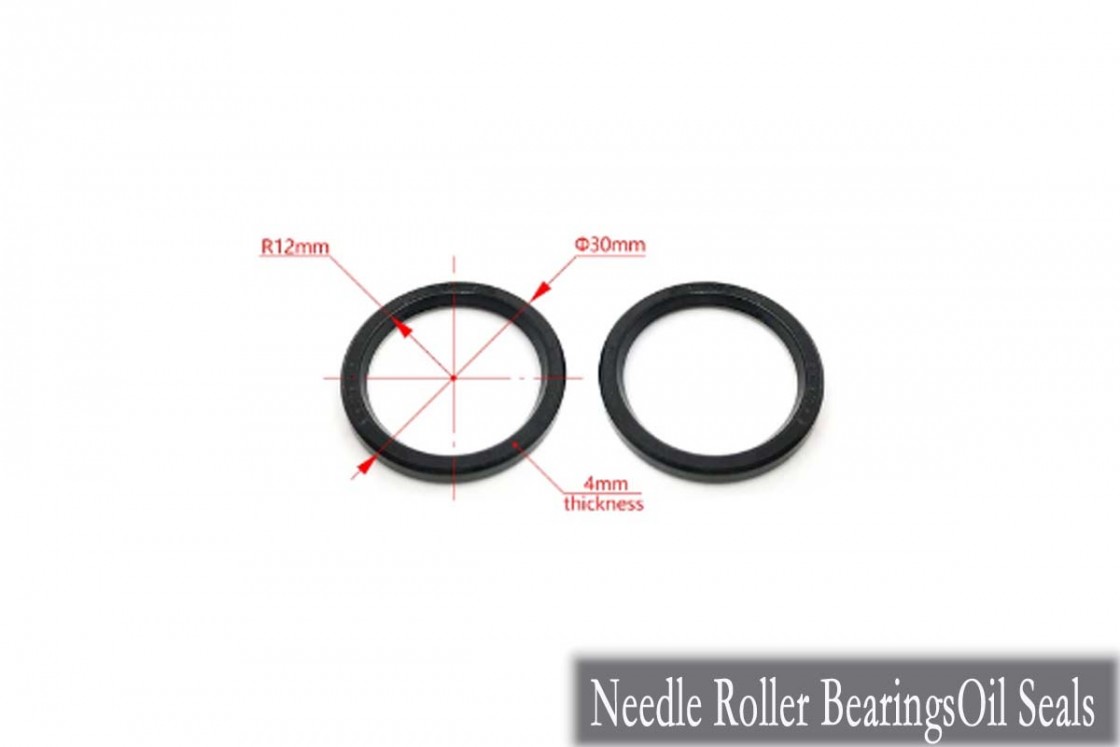
Applications and Performance Characteristics
Needle Roller Bearings (NRBs) and Oil Seals play pivotal roles across a spectrum of industries and machinery, offering unparalleled performance characteristics tailored to meet diverse application requirements.
Industries and Machinery
NRBs and Oil Seals find widespread utilization across industries such as automotive, aerospace, and industrial equipment. In the automotive sector, NRBs are commonly employed in transmission systems, engines, and drivetrain components, while Oil Seals are crucial for sealing lubricants and preventing leakage in engines, gearboxes, and axles. In aerospace applications, NRBs and Oil Seals contribute to the smooth operation of flight control systems, landing gear mechanisms, and engine assemblies. Moreover, in industrial equipment ranging from heavy machinery to precision instruments, these components ensure optimal performance and reliability in critical systems.
Performance Characteristics
NRBs and Oil Seals exhibit exceptional performance characteristics under various operating conditions. They are engineered to withstand high speeds, elevated temperatures, and harsh environmental factors, ensuring reliable operation in demanding environments. NRBs are designed to handle heavy radial loads and provide precise motion control, making them ideal for applications where accuracy and efficiency are paramount. Meanwhile, Oil Seals effectively seal lubricants and prevent contamination, safeguarding machinery components from premature wear and damage.
Case Studies
Numerous case studies demonstrate the tangible benefits of NRBs and Oil Seals in enhancing equipment efficiency and reliability. For instance, in automotive transmissions, the implementation of high-performance NRBs has resulted in smoother gear shifting, reduced noise, and improved fuel efficiency. Similarly, the adoption of specialized Oil Seals in industrial pumps has significantly extended maintenance intervals and reduced downtime, leading to substantial cost savings for operators.
In conclusion, the versatile applications and superior performance characteristics of Needle Roller Bearings and Oil Seals underscore their indispensable role in efficient engineering across diverse industries and machinery. Their ability to withstand challenging operating conditions while optimizing equipment performance highlights their significance in modern engineering practices.
Installation and Maintenance Best Practices
Proper installation and maintenance are crucial aspects of ensuring the efficient functioning and longevity of Needle Roller Bearings (NRBs) and Oil Seals in various engineering applications. By following best practices in installation and maintenance, engineers can optimize the performance of these critical components and minimize downtime.
|
Guidelines for Installation |
Recommendations for Maintenance |
Importance of Lubrication |
|
Shaft and Housing Considerations Ensure proper fit and alignment Measure dimensions accurately |
Regular Inspection Check for leaks, abnormal noise, and vibration Perform periodic inspections |
Selecting Appropriate Lubricants Consider operating conditions Choose lubricants accordingly |
|
Preload Adjustment Optimize load distribution Follow manufacturer guidelines for preload adjustment |
Component Condition Monitoring Use vibration analysis and temperature monitoring Conduct visual inspections |
Optimizing Lubrication Methods Implement suitable lubrication techniques Choose from oil bath, grease replenishment, etc. |
|
Alignment Techniques Utilize laser alignment or dial indicators Ensure correct alignment with shaft and housing |
Timely Replacement Replace worn or damaged components promptly Adhere to recommended replacement intervals |
|
In conclusion, adhering to best practices in installation and maintenance is essential for maximizing the efficiency and reliability of Needle Roller Bearings and Oil Seals in engineering applications. By following guidelines for proper installation, implementing regular maintenance schedules, and selecting appropriate lubrication methods, engineers can optimize the performance and longevity of these critical components.
Advancements and Innovations
In recent years, significant advancements and innovations have revolutionized Needle Roller Bearings (NRBs) and Oil Seals technology, contributing to enhanced efficiency, reliability, and performance in various engineering applications.
Improved Materials and Coatings
Manufacturers have been investing in research and development to introduce advanced materials and coatings for NRBs and Oil Seals. High-performance alloys, ceramics, and specialized polymers are being utilized to enhance the strength, durability, and wear resistance of these components. Additionally, the introduction of advanced coatings, such as nanocoatings and diamond-like carbon (DLC) coatings, has significantly reduced friction, minimized wear, and extended the service life of NRBs and Oil Seals in harsh operating conditions.
Enhanced Sealing Solutions
One of the key innovations in Oil Seal technology is the development of enhanced sealing solutions to improve contamination resistance and sealing effectiveness. Advanced labyrinth seals, lip seals, and innovative sealing materials are being incorporated to prevent the ingress of contaminants and prolong the service life of Oil Seals in demanding environments. These advancements have enabled engineers to achieve higher levels of reliability and performance in critical applications.
Integration of Sensor Technology
An emerging trend in NRB and Oil Seal technology is the integration of sensor technology for condition monitoring and predictive maintenance. Sensors embedded within NRBs and Oil Seals can provide real-time data on temperature, vibration, and other performance parameters, allowing engineers to monitor the health of these components remotely. By implementing predictive maintenance strategies based on sensor data analysis, engineers can detect potential issues early, prevent costly downtime, and optimize equipment performance.
Future Developments and Implications
Looking ahead, the future of NRB and Oil Seal technology holds exciting possibilities for further advancements. Potential developments include the integration of advanced materials, such as self-lubricating polymers and carbon fiber composites, to enhance performance and durability. Moreover, advancements in additive manufacturing techniques may enable the production of custom-designed NRBs and Oil Seals tailored to specific applications, further optimizing efficiency and reliability.
In conclusion, recent advancements and innovations in NRB and Oil Seal technology have propelled efficient engineering practices to new heights. With improved materials, coatings, sealing solutions, and the integration of sensor technology, engineers can achieve unprecedented levels of efficiency, performance, and reliability in mechanical systems. As the industry continues to evolve, future developments hold promise for even greater advancements in NRBs and Oil Seals, paving the way for more efficient and reliable engineering solutions.
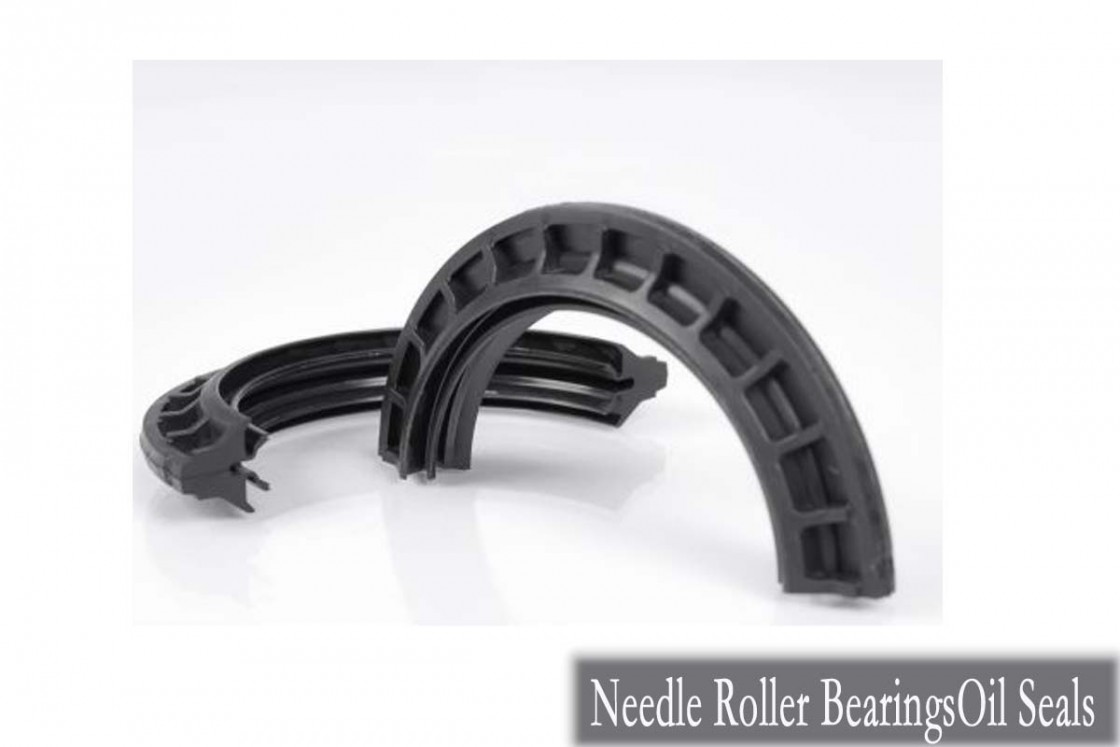
Conclusion
In conclusion, the utilization of Needle Roller Bearings (NRBs) and Oil Seals plays a crucial role in enhancing the efficiency and reliability of engineering systems across various industries. Through this exploration, we have gained valuable insights into the functionality and applications of NRBs and Oil Seals, highlighting their significance in efficient engineering design and operation.
NRBs, with their ability to handle high radial loads and minimal space requirements, offer unparalleled performance in demanding applications such as automotive, aerospace, and industrial equipment. Similarly, Oil Seals play a vital role in preventing leakage and contamination, ensuring the proper functioning of machinery and mechanical systems.
It is evident that NRBs and Oil Seals are indispensable components in efficient engineering practices, enabling equipment to perform optimally while minimizing downtime and maintenance costs. Therefore, it is imperative for industry professionals to leverage the advancements in NRB and Oil Seal technology to enhance equipment performance and reliability.
In light of this, we encourage engineers and manufacturers to continue innovating and refining NRB and Oil Seal designs, ensuring they meet the evolving needs of modern engineering applications. By embracing these technologies and incorporating them into their designs, industry professionals can drive efficiency gains and optimize equipment performance for maximum productivity and longevity.
Let us embrace the advancements in Needle Roller Bearings and Oil Seals, and together, pave the way for efficient engineering solutions that power the industries of tomorrow.
Common Questions About Needle Roller Bearings and Oil Seals
What are Needle Roller Bearings (NRBs) and Oil Seals?
Needle Roller Bearings (NRBs) are precision-engineered mechanical components designed to handle high radial loads with minimal space requirements. They consist of cylindrical rollers arranged in a cage between two concentric rings.
Oil Seals, also known as shaft seals or rotary seals, are devices used to prevent the leakage of lubricants and fluids and to protect bearings and other components from contaminants. They typically consist of a flexible lip that seals against the shaft surface.
What are the primary applications of Needle Roller Bearings and Oil Seals?
NRBs are commonly used in various industries, including automotive, aerospace, industrial machinery, and power transmission systems. They are employed in applications requiring high radial load capacity and compact design.
Oil Seals are utilized in machinery and mechanical systems where sealing against fluids and contaminants is critical. They are found in engines, gearboxes, pumps, and other rotating equipment to prevent lubricant leakage and maintain system integrity.
How do Needle Roller Bearings and Oil Seals contribute to efficient engineering?
Needle Roller Bearings offer superior load-carrying capacity and rigidity, allowing for more compact and lightweight designs in engineering systems. Their efficiency in handling radial loads minimizes energy consumption and enhances overall system performance.
Oil Seals help maintain proper lubrication levels by sealing against external contaminants and preventing lubricant leakage. By preserving lubricant integrity, Oil Seals contribute to the longevity and reliability of machinery and equipment.
What factors should be considered when selecting Needle Roller Bearings and Oil Seals?
When selecting NRBs, factors such as load capacity, operating speed, temperature range, and mounting requirements should be taken into account to ensure optimal performance and longevity.
Similarly, the selection of Oil Seals should consider parameters such as shaft diameter, shaft speed, operating temperature, and the type of fluid or lubricant being sealed.
How can Needle Roller Bearings and Oil Seals be maintained for optimal performance?
Regular inspection and maintenance are essential for ensuring the continued performance of NRBs and Oil Seals. This includes monitoring for signs of wear, contamination, or damage and replacing components as needed.
Proper lubrication is crucial for both NRBs and Oil Seals. Using the correct lubricant in the right quantity and applying it according to manufacturer recommendations can significantly extend the service life of these components.
These FAQs provide valuable insights into the functionality, applications, and maintenance of Needle Roller Bearings and Oil Seals, highlighting their importance in efficient engineering practices and equipment operation.
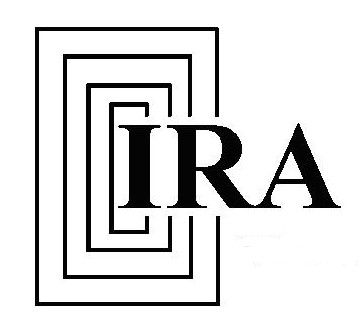

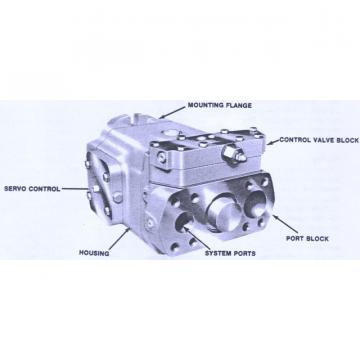 Dansion gold cup piston pump P30P-8L5E-9A4-A00-0B0
Dansion gold cup piston pump P30P-8L5E-9A4-A00-0B0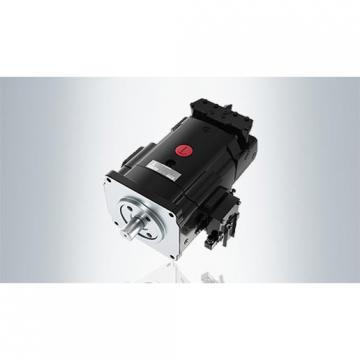 Dansion gold cup piston pump P30P-8L5E-9A2-B00-0C0
Dansion gold cup piston pump P30P-8L5E-9A2-B00-0C0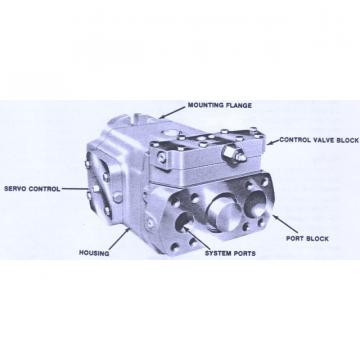 Dansion gold cup piston pump P30L-8L5E-9A7-A0X-B0
Dansion gold cup piston pump P30L-8L5E-9A7-A0X-B0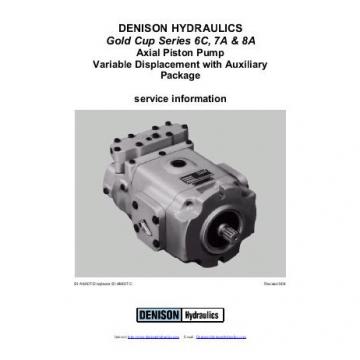 Dansion gold cup piston pump P30P-2R5E-9A7-B00-0C0
Dansion gold cup piston pump P30P-2R5E-9A7-B00-0C0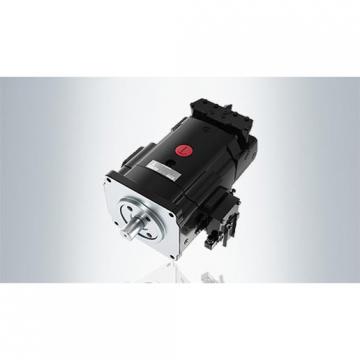 Dansion gold cup piston pump P30L-7R5E-9A2-A0X-D0
Dansion gold cup piston pump P30L-7R5E-9A2-A0X-D0